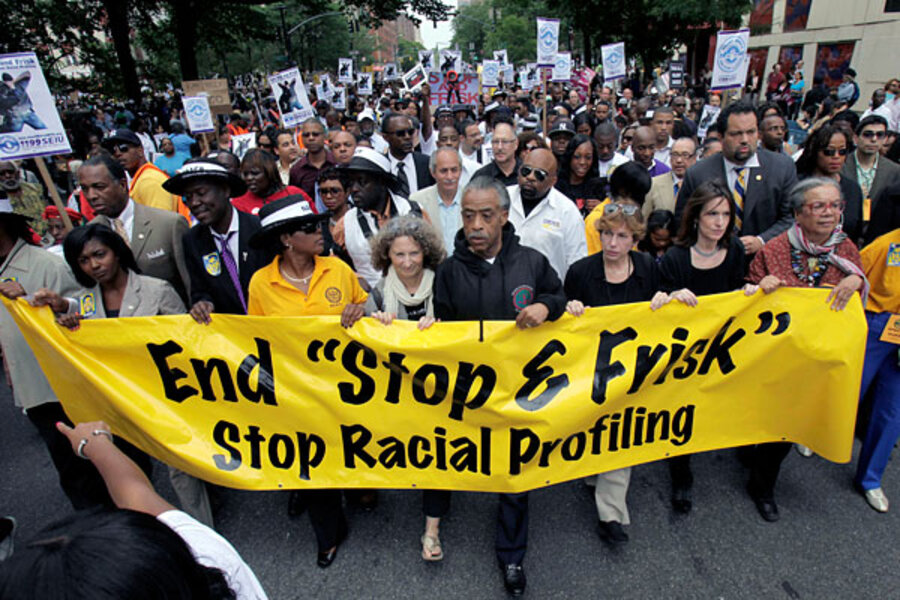Opponents of stop and frisk cite a number of alternative methods law enforcement agencies can use to fight crime, including targeted policing, community collaboration, and increased social services.
They say law enforcement can work with community residents and leaders to identify the “really bad actors” in any given community and target those people with police intervention. That approach, says Gangi, “would be more effective in creating a friendly working relationship between the NYPD and the community.”
“The other thing we’d recommend is more government programs and more social services for [disadvantaged] communities,” he says, such as remedial education, after-school programs, drug treatment programs, and programs that support families.
“That could also be very useful in reducing antisocial and criminal activity in communities,” he says.
That’s all well and good, says Mac Donald of the Manhattan Institute, but the way she and other proponents see it, nothing is as effective as stop and frisk.
“No government program to date has proven as effective in turning around inner-city communities than policing, she says. “If we want to keep crime down, keep it going down ... I just don’t see any alternatives on the horizon.”







